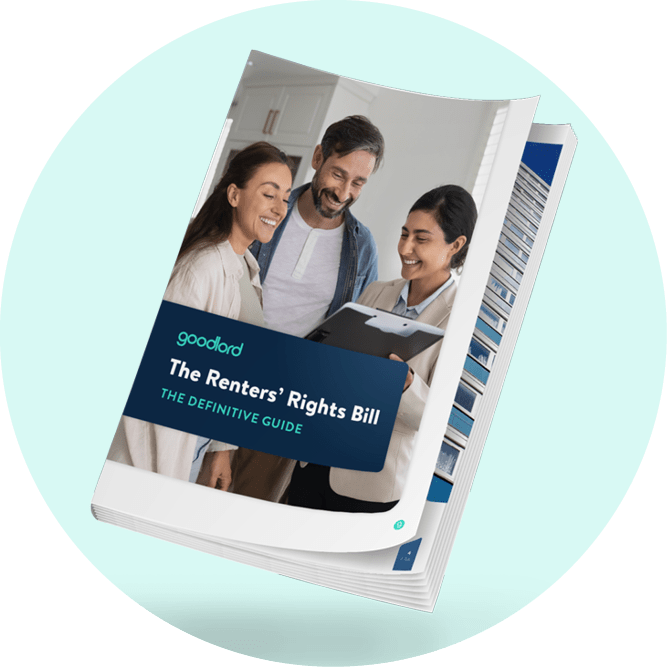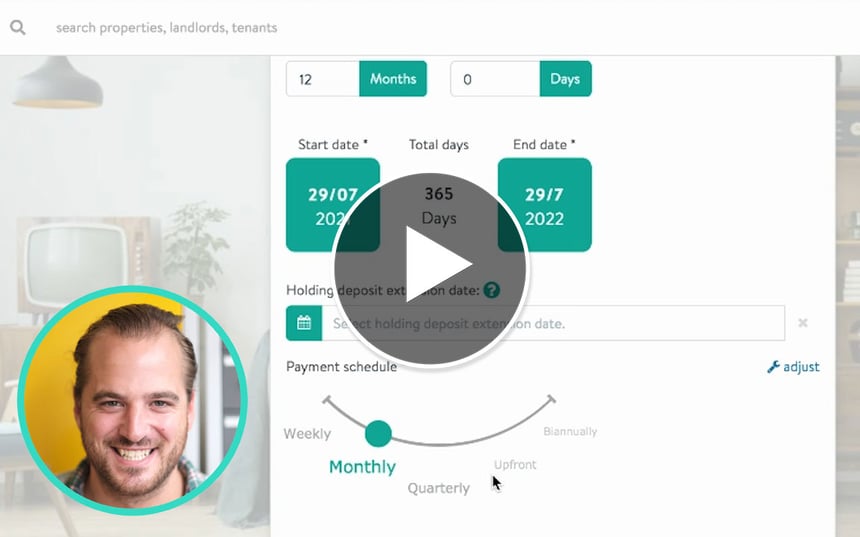6 ways letting agents can harness the power of social media
Social media is pivotal to building a recognisable agency brand, as well as being an effective, low-cost tool for targeting landlords and tenants.
Social media offers letting agents a cost-effective way to reach their target audience. By leveraging social media platforms, agents can boost their visibility, and engage their local community, while strengthening their brand.
Through social media, letting agents can access new audiences and reach a smaller but more targeted group with greater control over who sees their content.
Here are five essential social media tips for letting agents to maximise their impact.
- Repurpose content ideas on other platforms
- Target the right audience with demographics
- Make a big impact with a small budget on Facebook
- Position yourself as an expert on LinkedIn
- Plan your social media in advance
- Provide value through social media
1. Repurpose content ideas on other platforms
Social media is more than posting property listings - it’s a space to showcase your knowledge and passion for the industry.
However, as letting agents are often busy, it’s difficult to create fresh content for every platform. Instead, focus on one big topic and repurpose it across various platforms.
For example, the topic of abolishment of Section 21 could be used across platforms:
- LinkedIn: Share your insights on the impact of “no-fault” evictions.
- Facebook: Explain the changes to landlords.
- Instagram: Create image guides on how Section 21's end will affect tenants.
While social media seems like a big space to handle, repurposing one topic can help letting agents be present across all platforms, without spending time thinking of original content ideas.
2. Target the right audience with demographics
Understanding your audience helps you target the right people with every post. By using demographics, you can ensure your content reaches the specific age groups, interests, and income levels you want to engage with.
For example, if you're promoting student properties, target 18-21 year-olds who live locally and follow the university's Facebook page.
3. Make a big impact with a small budget on Facebook
A little budget goes a long way on Facebook if you want to explore the world of paid advertising to promote your agency. With its clear and easy-to-use targeting options, you can reach specific audiences and demographics in your area, including:
- Tenants living in key locations.
- Landlords who follow industry accounts.
- People who have visited your website but aren’t yet clients.
Want to know where to start on Facebook? Download our info sheet
4. Position yourself as an expert on LinkedIn
LinkedIn isn’t for posting property listings but for building credibility. Regular posts can help you position yourself as a knowledgeable agency that landlords and investors can trust.
Your thought leadership and commentary blog posts from earlier will be key here. Your blogs can be repurposed as articles within LinkedIn’s native publishing platform.
Through this feature, you can reach even wider audiences and demonstrate to other businesses you are a strong player in your industry and/or region.
Start posting on LinkedIn now! Use our guide to take your content further
5. Plan your social media in advance
Consistency is key to success on social media. Posting regularly helps boost your visibility across all platforms, but finding time can be difficult for letting agents. Use a content calendar to stay organised and consistent.
Divide your social media content into categories:
- 50% - original content (informative, not salesy)
- 35% - third party content and industry news
- 15% - promotional content (property listings or service offers)
This balance ensures your content provides value, helping build trust and engagement over time.
6. Provide value through social media
Providing value on social media is essential. Share advice, industry news, and tips that your landlords and tenants will find useful. Whether it’s insights on the Renters’ Rights Bill, EPC regulations, or general rental advice, this type of content builds your brand and keeps you top of their minds.
Social media isn’t just for lead generation - it’s for building your brand and trust for your audiences. By offering useful information, you’ll ensure potential landlords think of your agency first when they need help.













